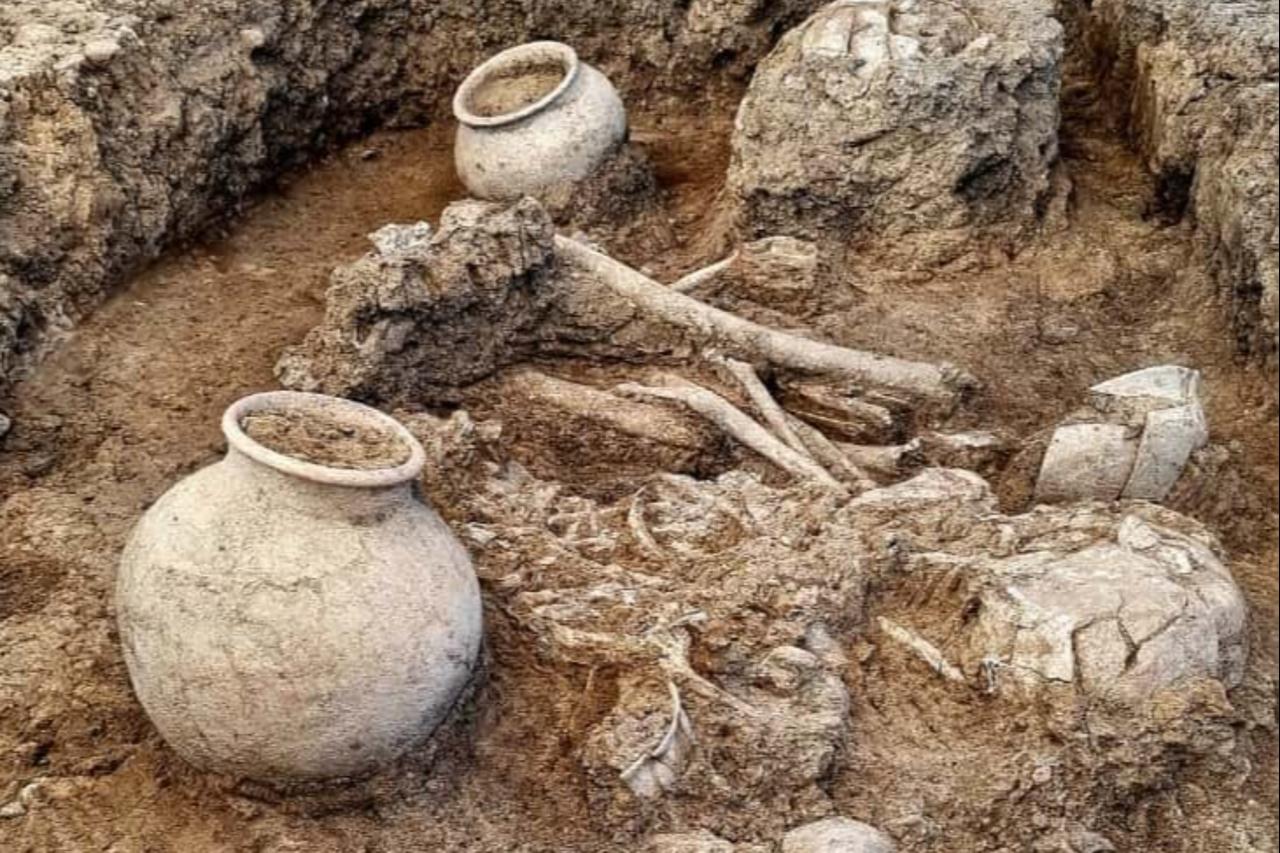
Archaeologists working at Cayonu Hill, one of the most important Neolithic sites in world archaeology, have uncovered eight burials during the 2025 excavation season in Türkiye’s southeastern Diyarbakir province.
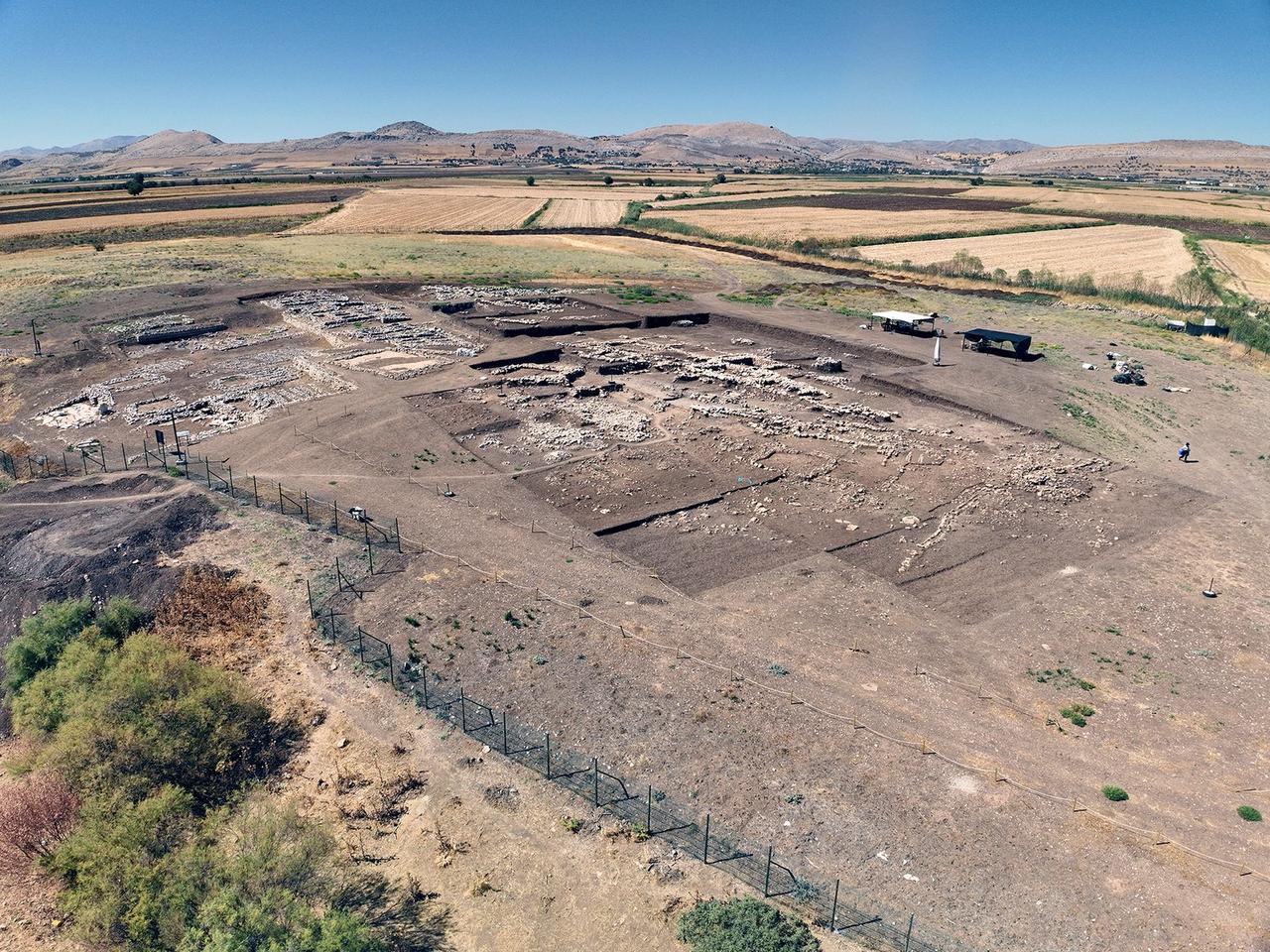
The settlement of Cayonu Hill lies in the Ergani district of Diyarbakir and is internationally recognized as a key reference point for the study of early farming societies.
Excavations this year have been directed by Associate Professor Savas Sarialtun of Canakkale Onsekiz Mart University, with anthropological coordination by Professor Omur Dilek Erdal of Hacettepe University. Work has been carried out since May 2025 under the permission of the Ministry of Culture and Tourism, with a team of specialists in both archaeology and anthropology.
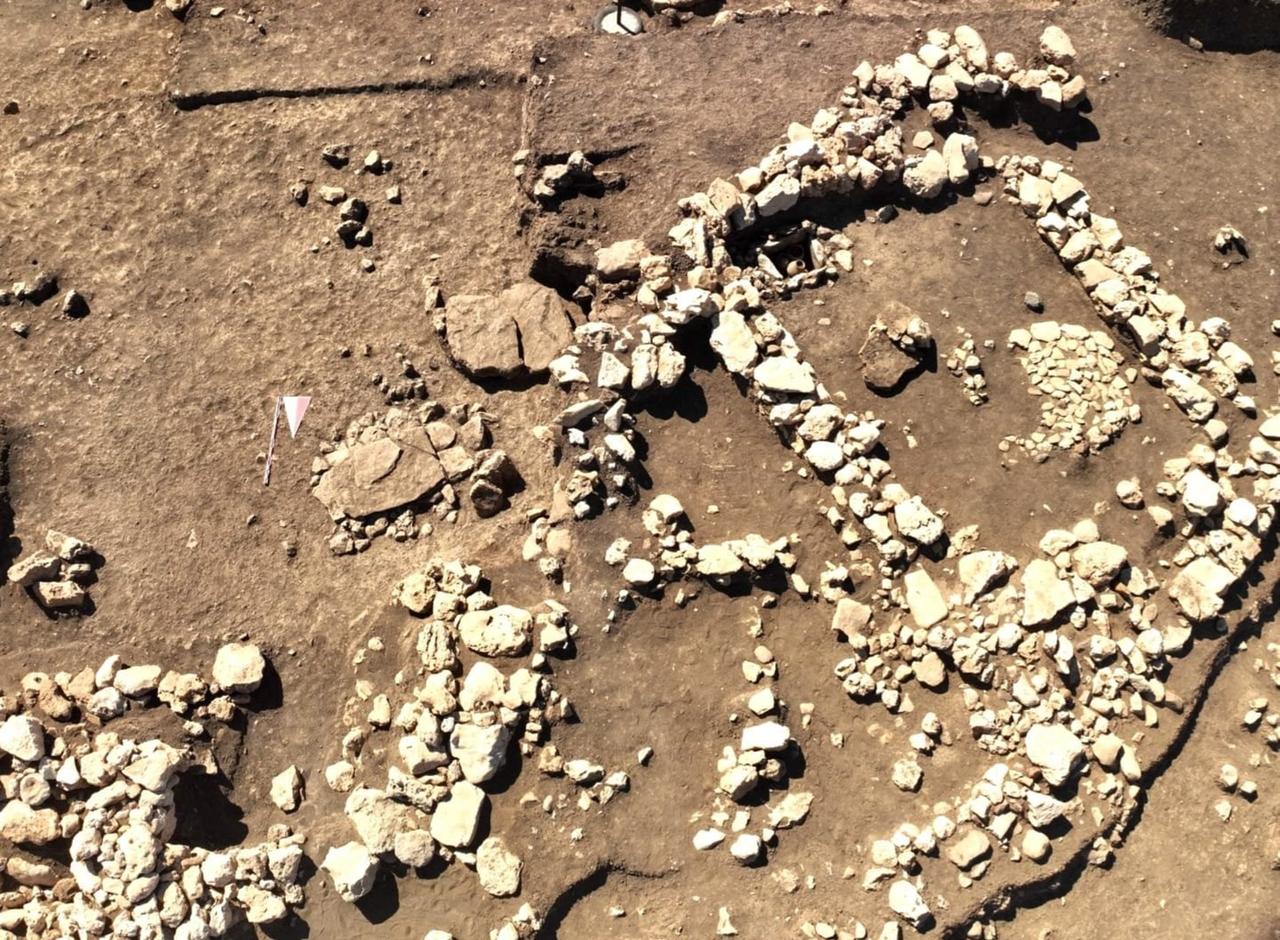
The research team reported that one of the burials dates back to the Neolithic period, while the remaining seven belong to the Early Bronze Age II.
Sarialtun explained that the Neolithic burial was discovered next to a structure identified as part of the so-called “Channelled Building Phase” and appeared as a simple interment.
The Early Bronze Age II burials displayed greater diversity. Three were simple earth graves, two were jar burials, and another two were covered with stone slabs or built as cist graves, meaning small rectangular tombs constructed with stone slabs.
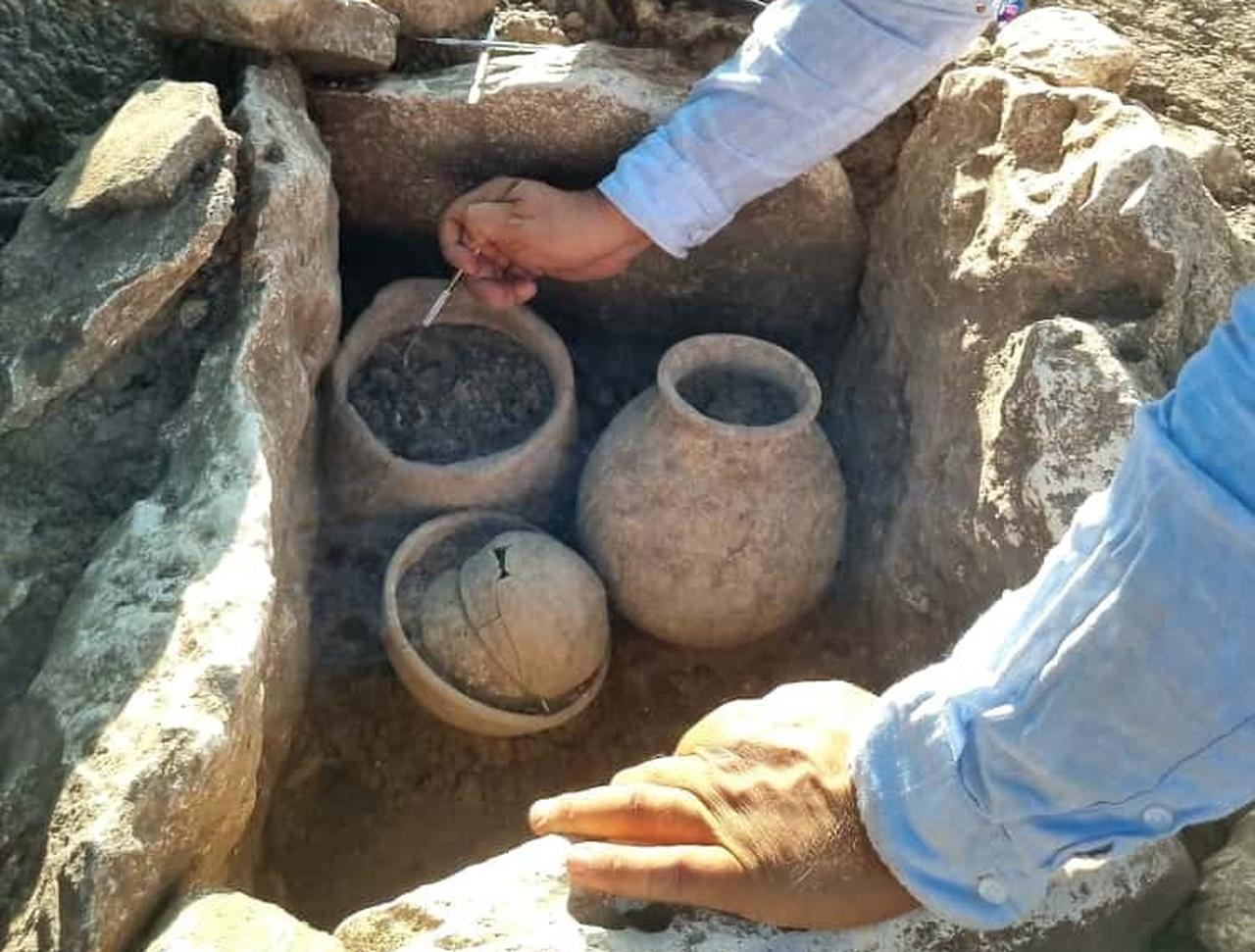
Excavations revealed nine complete ceramic vessels placed as offerings within the graves. In addition, two “offering pits” were found nearby.
These were architectural features imitating the form of a grave but created for symbolic purposes.
One of the pits was empty, while the other contained five ceramic vessels that appear to have been deposited as external offerings.
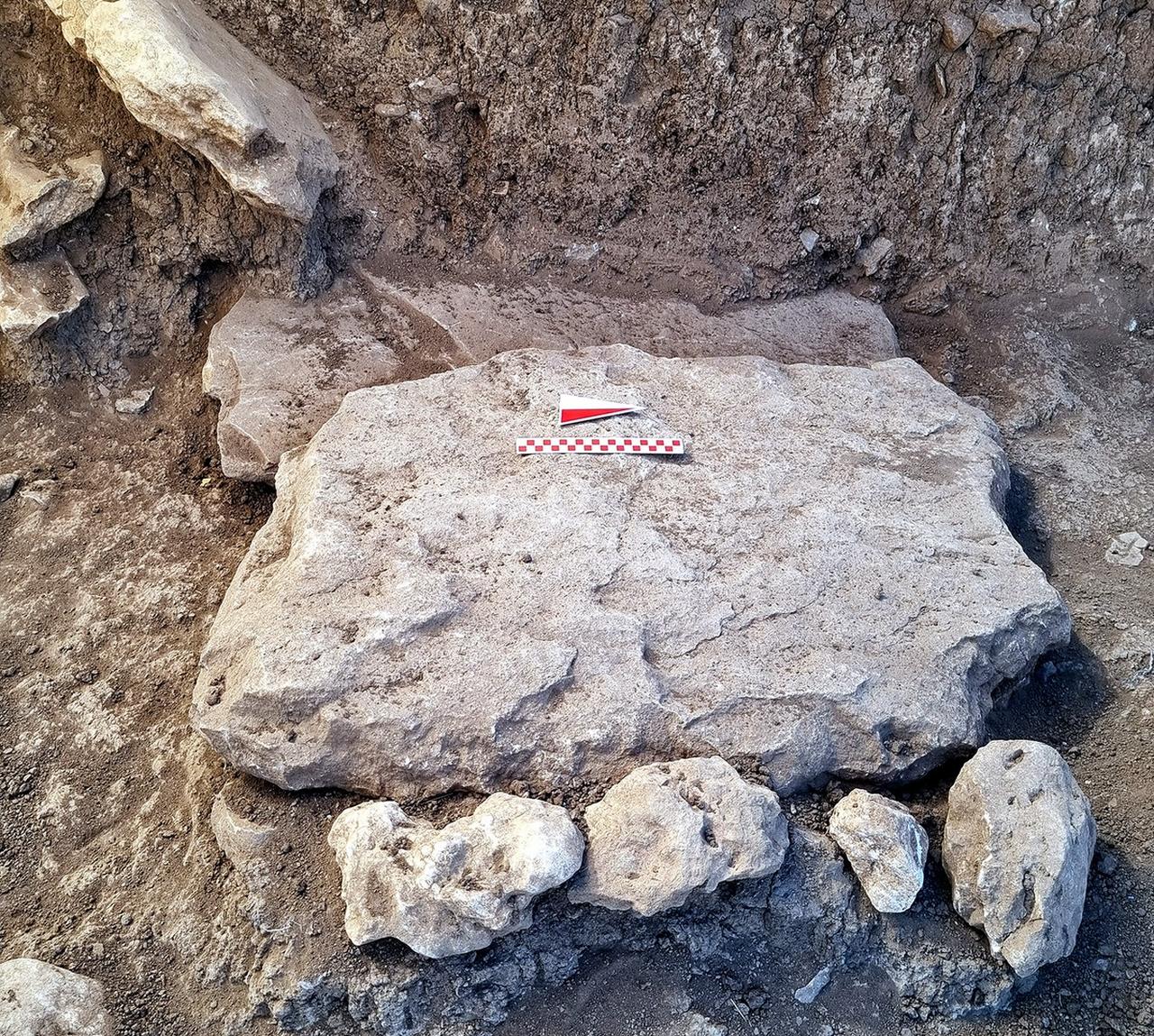
The findings show that Cayonu Hill retained its role as a significant ritual and burial center well beyond the Neolithic period.
According to Sarialtun, the burials provide important scientific data on the belief systems, funerary traditions, and social structures of both the Neolithic communities and those of the Early Bronze Age.